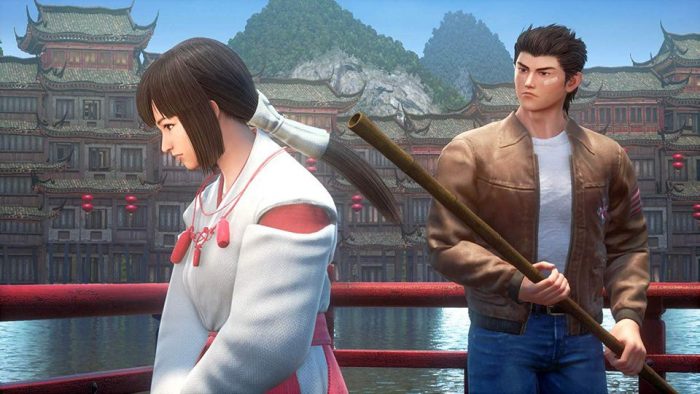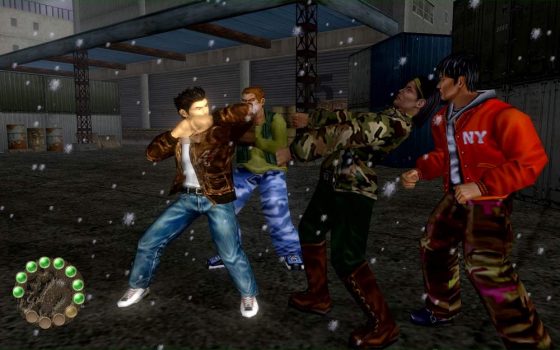
Just midway into October 2019, many Japanese arcade enthusiasts heard the unfortunate news that the Anata no Warehouse arcade in Kawasaki (a city located just between Tokyo and Yokohama) would be closing on November 17, 2019. Arcades have largely been long dead in the United States and in other nations for nearly the past two decades, but they’re still thriving in many parts of Japan. However, what is it about Anata no Warehouse that makes it so special not just among Japanese arcades, but among arcades as a whole, and why should gamers be sad of its untimely closing?
Kowloon Walled City
Japan has a reputation of being a very clean country. Almost everywhere you go, the streets are free of filth and the air is breathable even when it’s heavily congested. On the other hand, when visitors come to see Anata no Warehouse, its cosmetic gimmick tends to contradict that clean image. The interior and exterior of this five-story structure are intended to be a re-creation of Hong Kong’s former ghetto, the Kowloon Walled City, which was torn down in the mid-90s. Even its back entrance in the shape of a giant yin-yang symbol is unique. Upon entering (or exiting), gamers can cross a neon green pond with some fog effects to feel as if they’re entering a mysterious and exciting world.
The inside is intended to look gloomy and dirty, and between the second and third floors, it includes a display of what the homes and businesses were like during its prime. With its inclusion of arcade games, it feels like a classic dystopian cyberpunk movie. The walls are faded and rusty, there are broken tiles, tobacco stains on the vending machines, and (fake) stains in the bathrooms! Despite how convincing everything looks, the arcade itself is actually clean since it’s all part of the show!
Shenmue Pilgrimage
Besides Western gamers who miss the arcades from their youth (this may apply mostly to Gen-X’ers and older Millennials), this location is certainly a must-see for fans of Sega’s cult classic, Shenmue. In the second game, Ryo Hazuki, the main character, visits 1987 Kowloon. Due to how the old Kowloon Walled City was featured in Shenmue and that both the game’s arcade (yes, Shenmue has arcades you can visit) and Anata no Warehouse features some of Sega’s arcade hits (such as OutRun and Space Harrier), it has been a popular site for Shenmue fans. Considering that Kawasaki is accessible to Yokosuka, the setting of the first Shenmue, it’s natural that fans see this arcade as part of their pilgrimage.
Retro Games and New Games
What’s great about Anata no Warehouse is that it had an excellently balanced mix of new and old games. So what do gamers want to play here? If they want to play Space Harrier, Outrun, Street Fighter, Initial D, Virtua Fighter, Tekken, Gundam Kizuna no Senjo, Darius or Dance Dance Revolution, then Anata no Warehouse certainly had it! With its solid selection for all generations of gamers, it’s certainly a tragedy that this establishment is going to close within a month of the drafting of this article.
Not only could visitors play games, they could also play the crane games (besides stuffed animals, you can win Dragon Ball and One Piece figures, electronics, candy, etc), slot machines (for tokens, not money), darts, ping pong, and/or pool. It was certainly a great place for all visitors to have a great time. The fifth floor also had an internet café where you could spend the night, not to mention it offers massage services (no, not that kind)!
Final Thoughts

Upon the arcade announcing its closing, they didn’t specify the exact reasons for the announcement (just that they were closing due to “various circumstances”) but many gamers were quick to jump to their own conclusions. Some people on social media believe that it’s due to Japan’s rising mobile game market, and there are others that believe it relates to the rise of the nation’s sales tax from 8% to 10% upon the start of October 2019. There are also rumors that it’s due to contract issues with the owner of the building.
While this location of Warehouse is tragically closing, many of their Saitama (which is north of Tokyo) locations still remain in operation, but they don’t share the same gimmick as the one in Kawasaki. We will probably not know for sure why they’re closing in the coming days (or ever), but the only thing we can all agree on is that the arcade industry has tragically lost a modern landmark that had a unique universal appeal.

